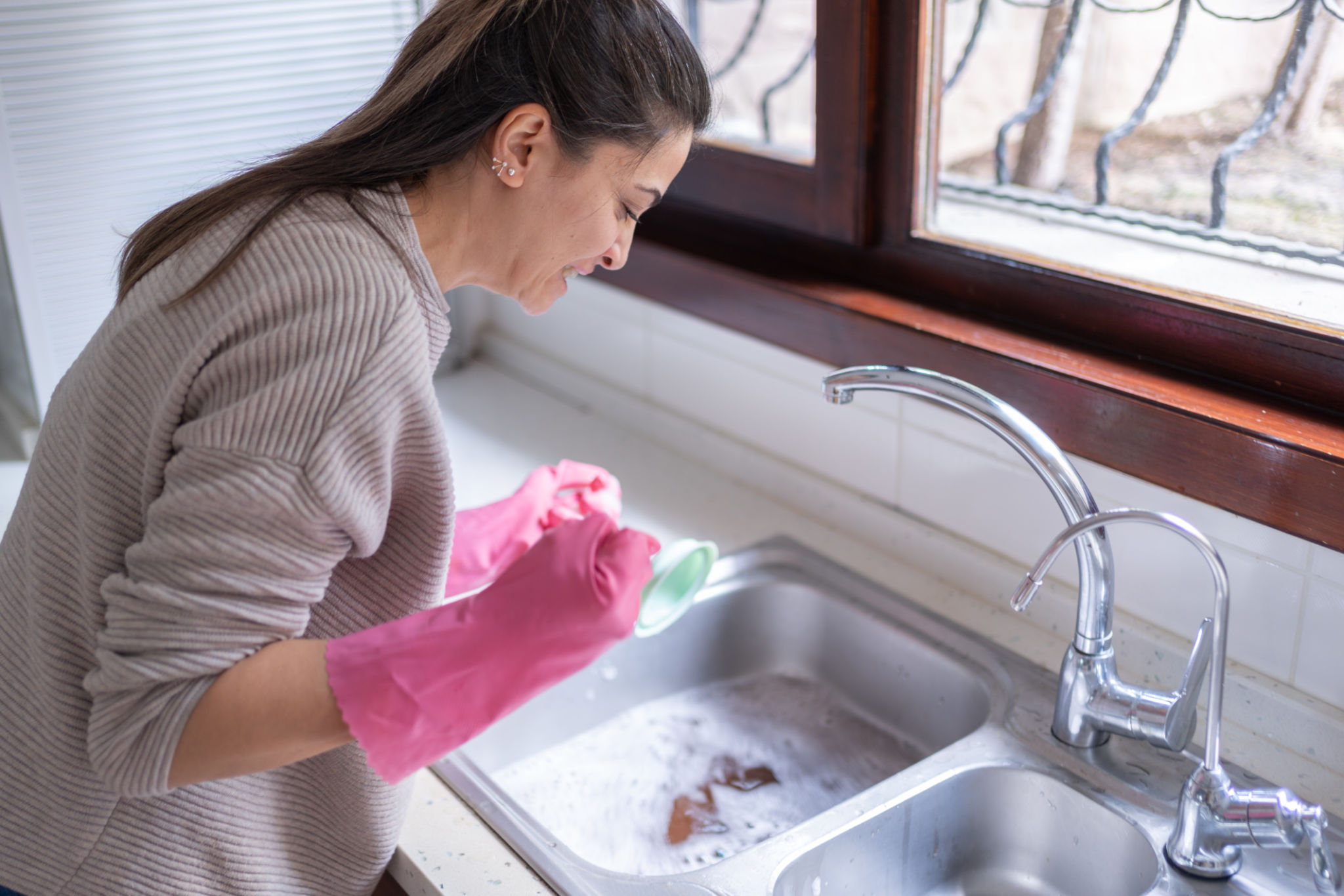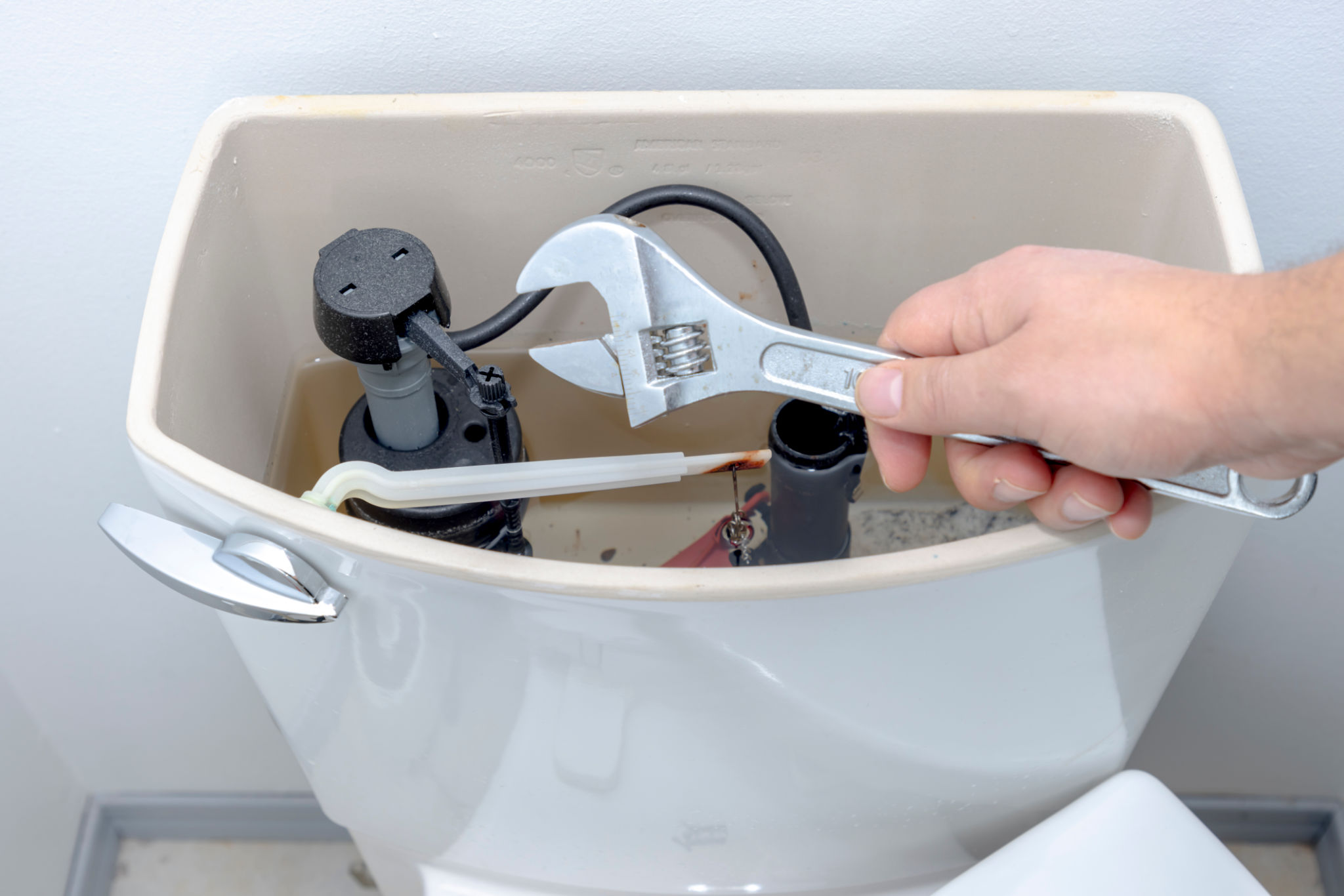How to Handle Common Plumbing Issues at Home
Dealing with Dripping Faucets
A dripping faucet is not only annoying but can also lead to a significant increase in your water bill. The most common cause of a leaky faucet is a worn-out washer or O-ring. To fix this, first, turn off the water supply to the faucet. Next, disassemble the faucet to reach the washer, which is typically located inside the valve seat. Replace the damaged washer with a new one, reassemble the faucet, and turn the water supply back on. This simple task can often resolve the issue.

Unclogging Slow Drains
Slow drains are often caused by a buildup of debris such as hair, soap scum, and grease. To remedy this, try using a mixture of vinegar and baking soda. Pour half a cup of baking soda down the drain followed by half a cup of vinegar. Let it sit for about 15 minutes, then flush with boiling water. For stubborn clogs, consider using a plunger or a plumber’s snake to clear the blockage.
Preventive Measures
Preventing clogged drains is easier than you might think. Using drain covers can help catch hair and other debris before they enter your pipes. Regularly pouring boiling water down your drains can also help dissolve any grease buildup.

Fixing Running Toilets
A running toilet can waste up to 200 gallons of water per day. The cause is usually a faulty flapper valve. Start by removing the toilet tank lid and inspecting the flapper. If it looks worn or damaged, replace it with a new one from your local hardware store. Ensure that the chain connecting the flapper to the flush handle is neither too tight nor too loose.
Checking the Fill Valve
If replacing the flapper doesn’t solve the problem, check the fill valve. Adjusting the float arm or replacing the fill valve assembly may be necessary if it is not functioning correctly.

Resolving Low Water Pressure
Low water pressure can be frustrating and is often caused by mineral buildup in aerators and showerheads. To fix this issue, remove the aerator or showerhead and soak it in vinegar overnight to dissolve any mineral deposits. Once clean, rinse thoroughly and reinstall.
Inspecting for Leaks
If cleaning aerators doesn’t improve the water pressure, inspect your pipes for leaks. Leaks not only reduce water pressure but can also cause significant damage if left unchecked.
Handling Leaky Pipes
Leaky pipes can lead to water damage and mold growth if not addressed promptly. To temporarily fix a leaky pipe, use pipe clamps or epoxy putty to seal the leak until a professional plumber can make permanent repairs.

